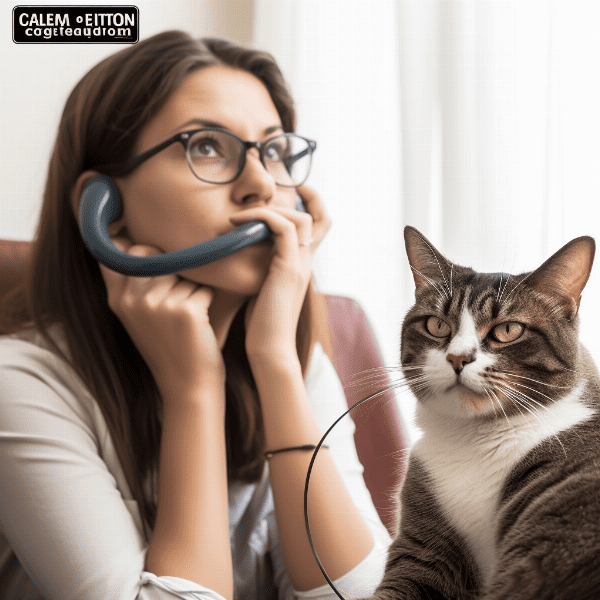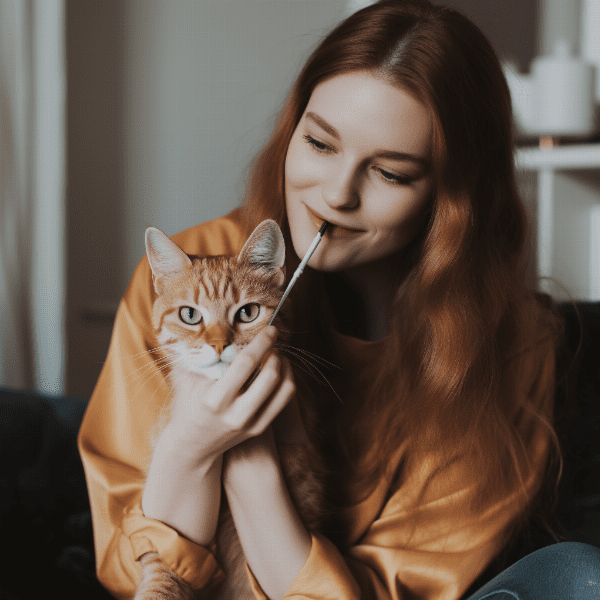Table of Contents
- The Importance of Dental Health for Cats
- Signs of Dental Problems in Cats
- Brushing Your Cat’s Teeth: Pros and Cons
- How to Brush Your Cat’s Teeth: Step-by-Step Guide
- Alternatives to Brushing: Dental Treats and Toys
- Other Ways to Promote Dental Health in Cats
- When to See a Vet for Dental Issues in Cats
The Importance of Dental Health for Cats
As a pet owner, you may wonder whether it is necessary to brush your cat’s teeth. The answer is a resounding yes! Proper dental care is essential to your cat’s overall health and well-being.
Preventing Dental Problems
Without regular dental care, cats can develop a variety of dental problems. These can include bad breath, tooth decay, and gum disease, which can lead to tooth loss and even systemic health issues. By brushing your cat’s teeth regularly, you can help prevent these problems from occurring.
Improving Quality of Life
Cats with dental problems can experience pain and discomfort, which can impact their quality of life. By maintaining good dental health, you can help ensure that your cat is comfortable and happy.
Saving Money in the Long Run
While it may seem like an unnecessary expense, investing in your cat’s dental health can actually save you money in the long run. By preventing dental problems, you can avoid costly veterinary bills and treatments down the line.
Strengthening Your Bond with Your Cat
Brushing your cat’s teeth may seem like a daunting task, but it can actually be a great way to strengthen your bond with your pet. Regular grooming and care can help your cat feel more comfortable around you and deepen your relationship.
Overall Health Benefits
Good dental health is not just important for your cat’s teeth and gums. Research has shown that there is a link between oral health and systemic health in both humans and animals. By keeping your cat’s teeth clean and healthy, you may be helping to prevent other health problems down the line.
In summary, maintaining your cat’s dental health is crucial for their overall health, comfort, and happiness. By taking care of their teeth and gums, you can prevent dental problems, save money, and strengthen your bond with your feline friend.
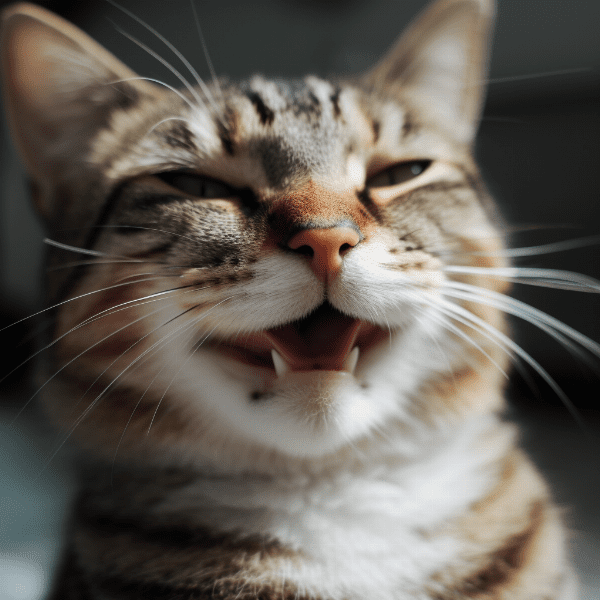
Signs of Dental Problems in Cats
Dental problems are common in cats, and it’s important to be able to recognize the signs of trouble. Here are some of the most common indicators that your cat may have a dental problem:
Bad Breath
If your cat’s breath smells foul, it could be a sign of dental disease. Bad breath is often one of the first signs of dental problems in cats, so it’s important to pay attention to this symptom.
.
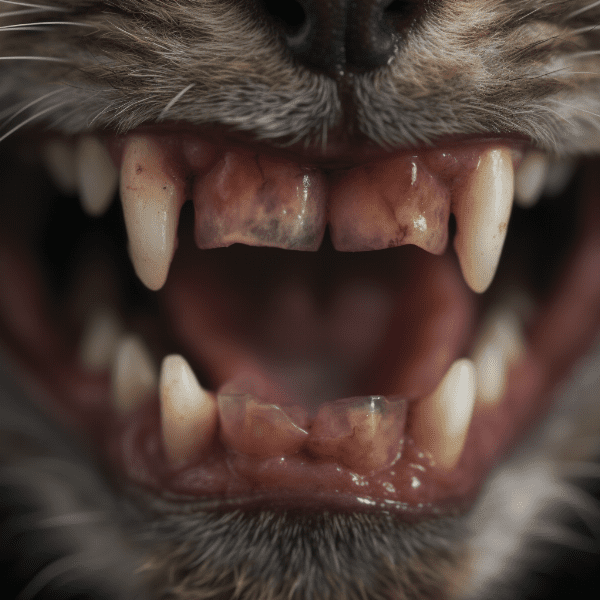
Brushing Your Cat’s Teeth: Pros and Cons
Brushing your cat’s teeth is an important part of maintaining their dental health, but it’s not without its pros and cons.
Prevents Dental Problems
Regular brushing can help prevent dental problems in cats, such as tooth decay and gum disease. By removing plaque and tartar from your cat’s teeth, you can help keep their teeth and gums healthy.
Early Detection of Dental Issues
Regular brushing can also help you detect dental problems early on. By examining your cat’s teeth and gums on a regular basis, you may be able to identify issues such as bleeding gums or loose teeth before they become more serious.
Helps Build Trust
Brushing your cat’s teeth can help build trust between you and your pet. By engaging in regular grooming activities, you can strengthen your bond with your cat and help them feel more comfortable around you.
Requires Patience and Persistence
Brushing your cat’s teeth can be a difficult task, especially if your cat is not used to it. It requires patience and persistence to train your cat to accept tooth brushing as part of their routine.
Potential for Injury
If your cat is not comfortable with tooth brushing, they may struggle or resist, which could result in injury to both you and your cat. It’s important to be patient and cautious when introducing tooth brushing to your cat.
Not Always Effective
Brushing your cat’s teeth is not always effective at preventing dental problems. Some cats may require more extensive dental care, such as professional cleanings or extractions.
In summary, brushing your cat’s teeth has both pros and cons. It can help prevent dental problems, detect issues early on, and strengthen your bond with your cat. However, it requires patience and persistence, has the potential for injury, and may not always be effective. If you are unsure about how to brush your cat’s teeth or have concerns about their dental health, consult with your veterinarian.

How to Brush Your Cat’s Teeth: Step-by-Step Guide
Brushing your cat’s teeth may seem daunting at first, but with patience and practice, it can become a routine part of your cat’s dental care. Here is a step-by-step guide to help you get started:
Step 1: Get Your Supplies
Gather all the supplies you’ll need, including a cat toothbrush, cat toothpaste, and a treat or toy for after the brushing session. It’s important to use toothpaste that is specifically designed for cats, as human toothpaste can be harmful to them.
Step 2: Introduce Your Cat to the Toothbrush
Before you start brushing, let your cat get comfortable with the toothbrush. Let them sniff it and rub it against their gums to get them used to the sensation.
Step 3: Apply Toothpaste
Squeeze a small amount of toothpaste onto the bristles of the toothbrush. Let your cat lick the toothpaste off the brush to get them used to the taste.
Step 4: Start Brushing
Gently lift your cat’s lip and start brushing their teeth with the toothbrush. Focus on the outer surfaces of the teeth, where plaque and tartar are most likely to accumulate. Use a circular motion and be gentle to avoid causing discomfort or injury.
Step 5: Reward Your Cat
After brushing, give your cat a treat or toy as a reward. This will help make tooth brushing a positive experience for them.
Step 6: Gradually Increase the Duration
Start with short brushing sessions of 30 seconds to a minute and gradually increase the duration over time. This will help your cat get used to the process and make tooth brushing less stressful for them.
Step 7: Be Consistent
Consistency is key when it comes to brushing your cat’s teeth. Aim to brush their teeth at least two to three times per week to maintain good dental health.
In summary, brushing your cat’s teeth can be a simple and effective way to prevent dental problems. By following these steps and being patient and consistent, you can help keep your cat’s teeth and gums healthy.
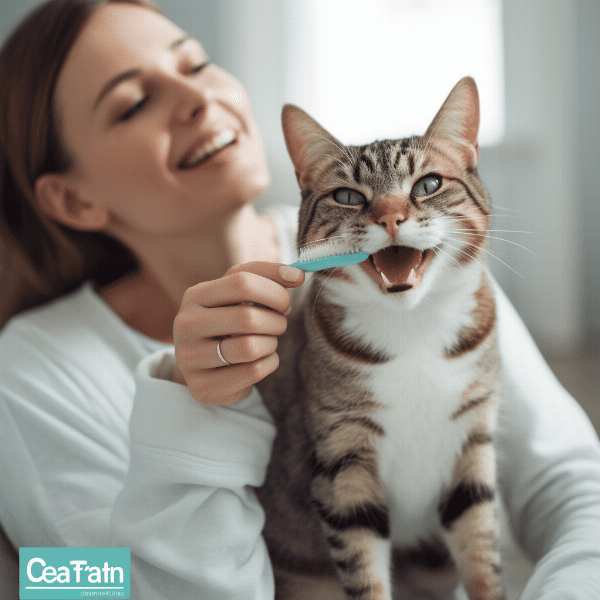
Alternatives to Brushing: Dental Treats and Toys
While brushing your cat’s teeth is the most effective way to prevent dental problems, there are other options available for those who struggle with brushing. Here are some alternatives to brushing:
Dental Treats
There are many types of dental treats available for cats. These treats are specially formulated to help remove plaque and tartar from your cat’s teeth as they chew. Some dental treats also contain enzymes that help prevent the buildup of bacteria in your cat’s mouth.
Dental Toys
There are also many dental toys available for cats, such as chew toys and rope toys. These toys can help clean your cat’s teeth and massage their gums as they play. Some dental toys also contain catnip, which can help entice your cat to play and engage with the toy.
Water Additives
There are also water additives available that can help promote dental health in cats. These additives are simply added to your cat’s water bowl and work by breaking down plaque and tartar buildup in the mouth.
Dental Wipes
Dental wipes are another option for those who struggle with brushing. These wipes are specially designed to clean your cat’s teeth and gums without the need for a toothbrush. Simply wrap the wipe around your finger and gently rub it along your cat’s teeth and gums.
In summary, while brushing is the most effective way to prevent dental problems in cats, there are other options available for those who struggle with brushing. Dental treats, toys, water additives, and dental wipes can all help promote dental health and prevent dental problems in cats. Consult with your veterinarian to determine which option is best for your cat’s individual needs.
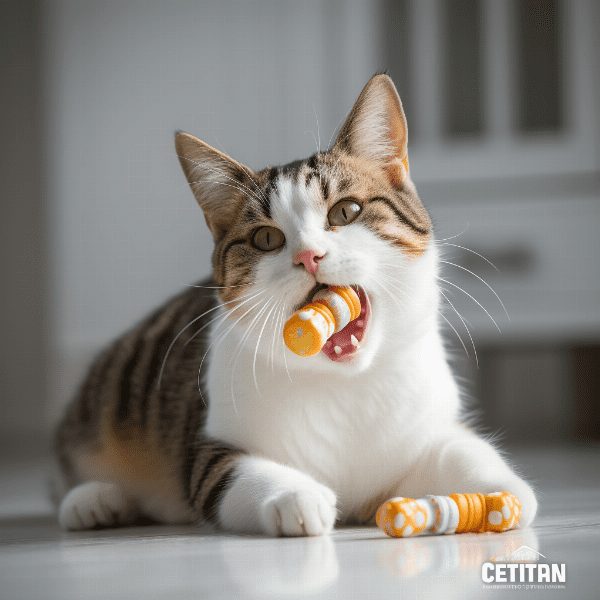
Other Ways to Promote Dental Health in Cats
In addition to brushing, there are other ways to promote dental health in cats. Here are some additional strategies to consider:
Regular Veterinary Check-Ups
Regular check-ups with your veterinarian are essential for maintaining your cat’s dental health. During these visits, your veterinarian can examine your cat’s teeth and gums for signs of dental disease and recommend any necessary treatments.
Balanced Diet
A balanced diet is important for your cat’s overall health, including their dental health. Feeding your cat a high-quality, balanced diet can help promote strong teeth and gums.
Water Intake
Encouraging your cat to drink more water can also help promote dental health. Adequate water intake can help flush bacteria and food particles from your cat’s mouth, reducing the risk of dental problems.
Regular Teeth Cleaning
In addition to brushing, regular teeth cleaning can also help promote dental health. This can include using dental wipes or rinses, as well as having your cat’s teeth professionally cleaned by a veterinarian.
Avoid Sugary Treats
Sugary treats and human foods can be harmful to your cat’s dental health. Avoid giving your cat sugary treats or human foods that can stick to their teeth and promote plaque buildup.
In summary, promoting dental health in cats requires a comprehensive approach. Regular veterinary check-ups, a balanced diet, adequate water intake, regular teeth cleaning, and avoiding sugary treats can all help promote dental health and prevent dental problems. Consult with your veterinarian to develop a personalized plan for your cat’s dental care.
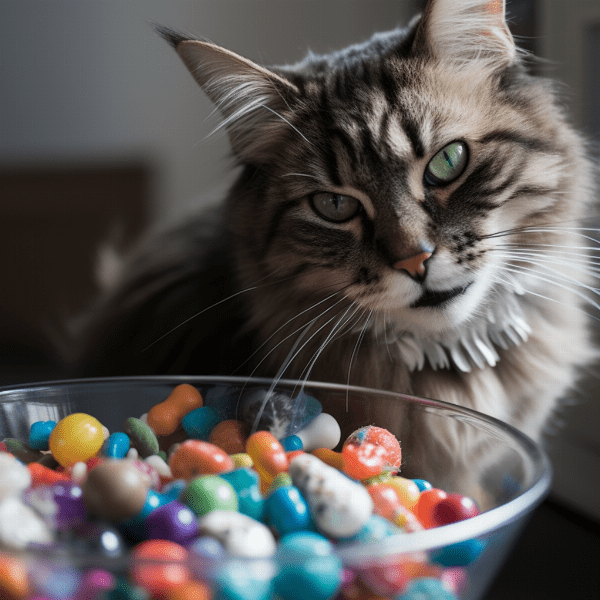
When to See a Vet for Dental Issues in Cats
While regular dental care can help prevent many dental problems in cats, there are times when a visit to the vet is necessary. Here are some signs that it’s time to seek veterinary care for your cat’s dental issues:
Persistent Bad Breath
If your cat has persistent bad breath, it could be a sign of dental disease. While occasional bad breath is normal, persistent bad breath is often a sign of a more serious problem.
Difficulty Eating
If your cat is having difficulty eating or is avoiding certain types of food, it could be a sign of dental problems. This could include loose teeth, pain, or other issues that require veterinary care.
Bleeding Gums
Bleeding gums can be a sign of gingivitis or other dental problems. If you notice blood in your cat’s food or water bowls, or if their gums bleed when you brush their teeth, it’s time to see a vet.
Pawing at the Mouth
If your cat is pawing at their mouth or face, it could be a sign of dental pain or discomfort. This behavior can be a signal that it’s time to see a vet.
Loose Teeth
If your cat’s teeth are loose or falling out, it’s time to seek veterinary care. This can be a sign of advanced dental disease or other serious health problems.
Changes in Behavior
Changes in behavior can also be a sign that it’s time to see a vet. If your cat is irritable, withdrawn, or avoiding social interaction, it could be a sign of dental pain or discomfort.
In summary, if you notice any signs of dental problems in your cat, it’s important to seek veterinary care. Persistent bad breath, difficulty eating, bleeding gums, pawing at the mouth, loose teeth, and changes in behavior are all potential indicators that it’s time to see a vet. With prompt veterinary care, you can help ensure that your cat’s dental health is restored and maintained.
